Fernandina Giant Tortoise Came Back From "Extinction" After A Century
The Fernandina Giant Tortoise disappeared more than 100 years ago. The first time a confirmed sighting of this species was registered was in 1906; the specimen was a male. But this is the only time the species has ever been found. No confirmed live tortoises nor remains were found until an expedition in February 2019. And for Washington Tapia and his team, the discovery was like winning an Oscar.
Tapia and his team - Jeffreys Malaga, Eduardo Vilema, Roberto Ballesteros, and Simon Villamar - plus Forrest Galante, a host, and biologist with Animal Planet made this significant discovery on February 17th, 2019. They set out to find the species among green patches on Fernandina island, an active shield volcano and the youngest of the Galápagos Islands. Luckily, they found and followed traces on the ground, and Malaga was the first to spot the tortoise, in the middle of the day.
"Tortoises in the Galápagos are like ecosystem engineers," he said. "They contribute to seed dispersal and mold the ecosystem. That ecological role is so important."
H/T: nationalgeographic
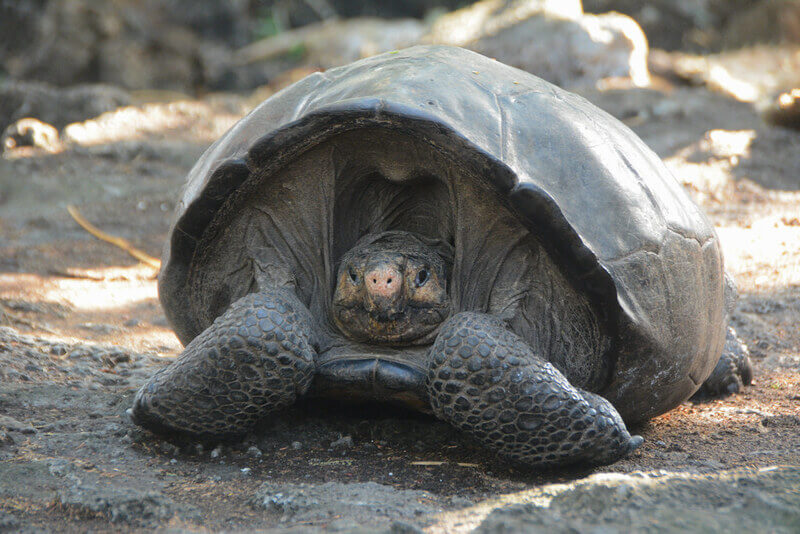 Image Credit: Galapagos Conservancy
Image Credit: Galapagos Conservancy
Tapia and his team - Jeffreys Malaga, Eduardo Vilema, Roberto Ballesteros, and Simon Villamar - plus Forrest Galante, a host, and biologist with Animal Planet made this significant discovery on February 17th, 2019. They set out to find the species among green patches on Fernandina island, an active shield volcano and the youngest of the Galápagos Islands. Luckily, they found and followed traces on the ground, and Malaga was the first to spot the tortoise, in the middle of the day.
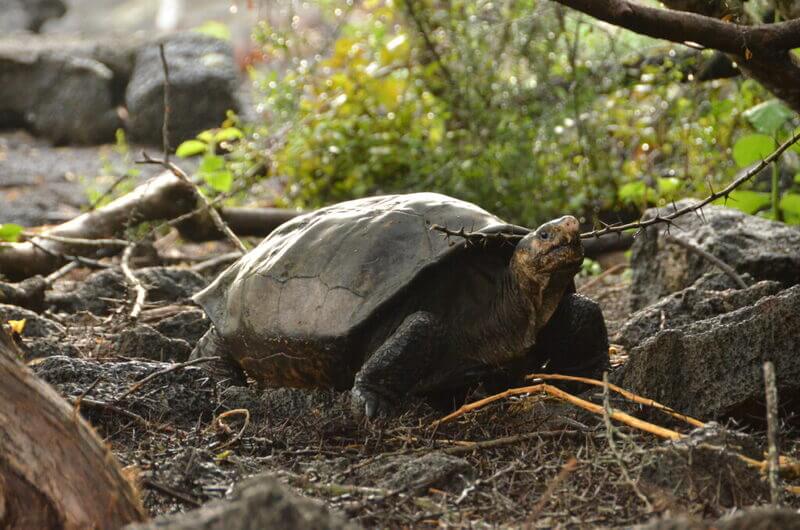 Image Credit: Galapagos Conservancy
Image Credit: Galapagos Conservancy
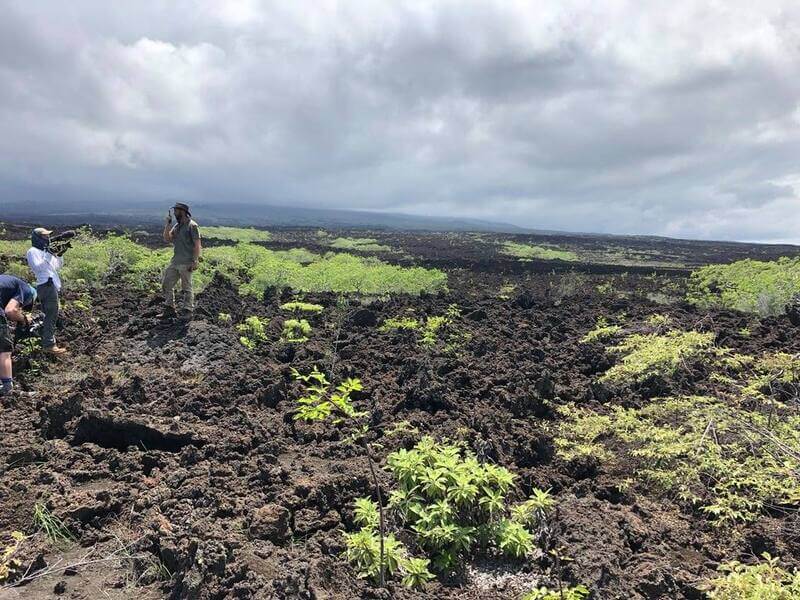 Image Credit: Galapagos Conservancy
Image Credit: Galapagos Conservancy
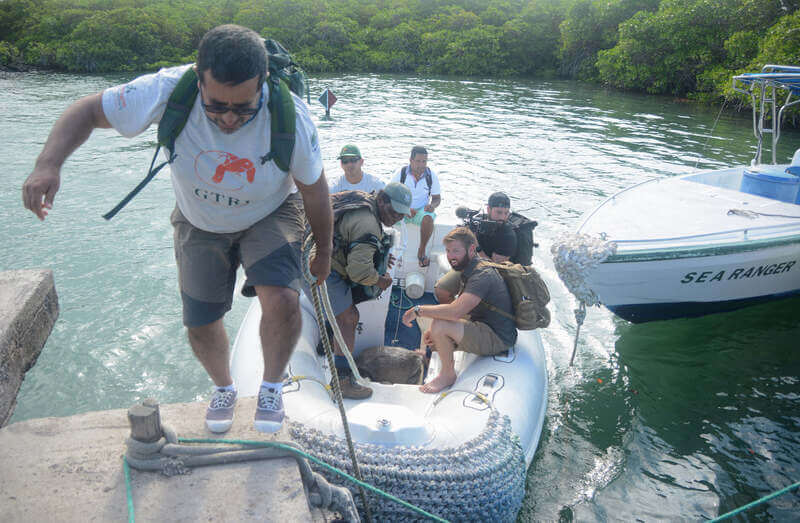 Image Credit: Galapagos Conservancy
Image Credit: Galapagos Conservancy
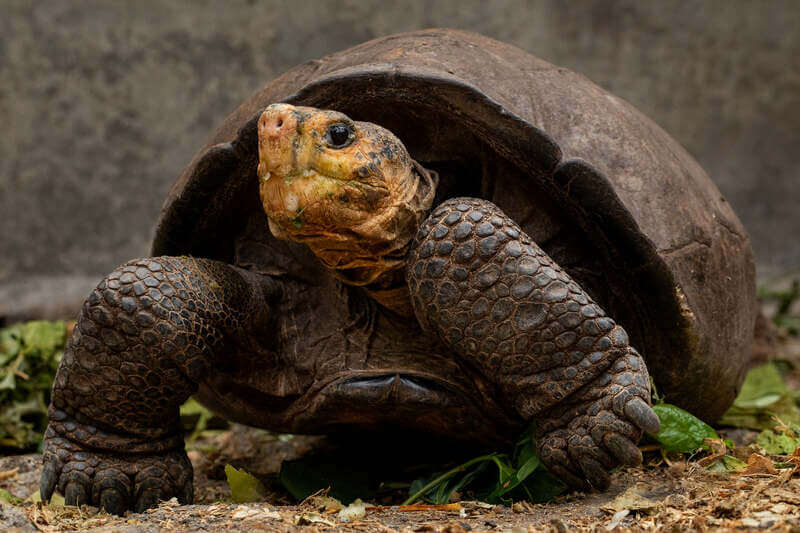 Image Credit: Galapagos Conservancy
Image Credit: Galapagos Conservancy
"Tortoises in the Galápagos are like ecosystem engineers," he said. "They contribute to seed dispersal and mold the ecosystem. That ecological role is so important."
H/T: nationalgeographic
Share this article
Advertisement